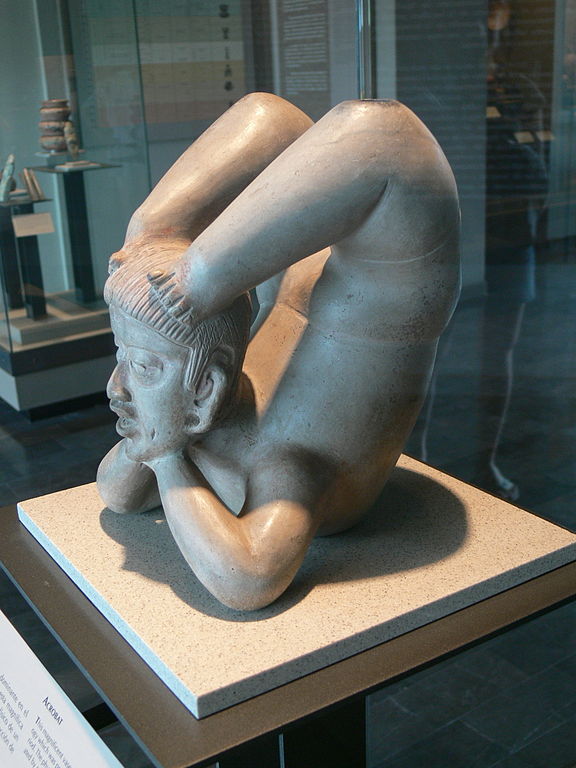
Ca. 18,000 – 14,000 BCE (Upper Pleistocene)
Over a period of some hundreds of years, six mammoths perished in the area of Xochinahuac in Azcapotzalco. Their remains were uncovered over the course of construction of Line 6 of the Mexico City Metro.
Ca. 10,000 BCE
A woman of 25 to 30 years old, and two men, one aged 25 to 30, and the other aged 35 to 45 years old, died at the present-day site of the San Pedro Laundry in Aztahuacan in present-day Iztapalapa. Their remains were discovered in 1953.
Around the same time, bison, saber-toothed tigers, dromedaries, sloths, giant armadillos, mastodons, and mammoths, frequented the area of present-day Metro Talismán. The remains of a Columbian mammoth (Mammuthus columbi) were discovered there during construction of the Metro in the late 1970s.
Ca. 9000 – 8500 BCE
The eruption of the Nevada de Toluca volcano buries a 35-40 year old man in a layer of ash at the edge of Lake Texcoco. His skull would be discovered during excavations for the building of the Metro in 1969, nearly 11,000 years later. He’s remembered today as “Hombre de Metro Balderas.” The same eruptions are believed to be responsible for other fossilized discoveries, among them “Chimulhuacan Man” and a wealth of mega-fauna, including sabertooth tigers, camels, bison, giant armadillos, and horses.
1250 BCE – 800 BCE
Among the earliest human settlements to leave verifiable artifiacts in the Valley of Mexico, the Tlatilco Culture thrived for hundreds of years. The Tlatilco neighborhood, sandwiched between today’s Santa Maria la Ribera and Nueva Santa Maria neighborhoods, honors them to this day.
1200 to 400 BCE
The first agricultural groups are recorded in Tlaltenco, in today’s Tláhuac. A permanent settlement is noted there as of about 100 CE.